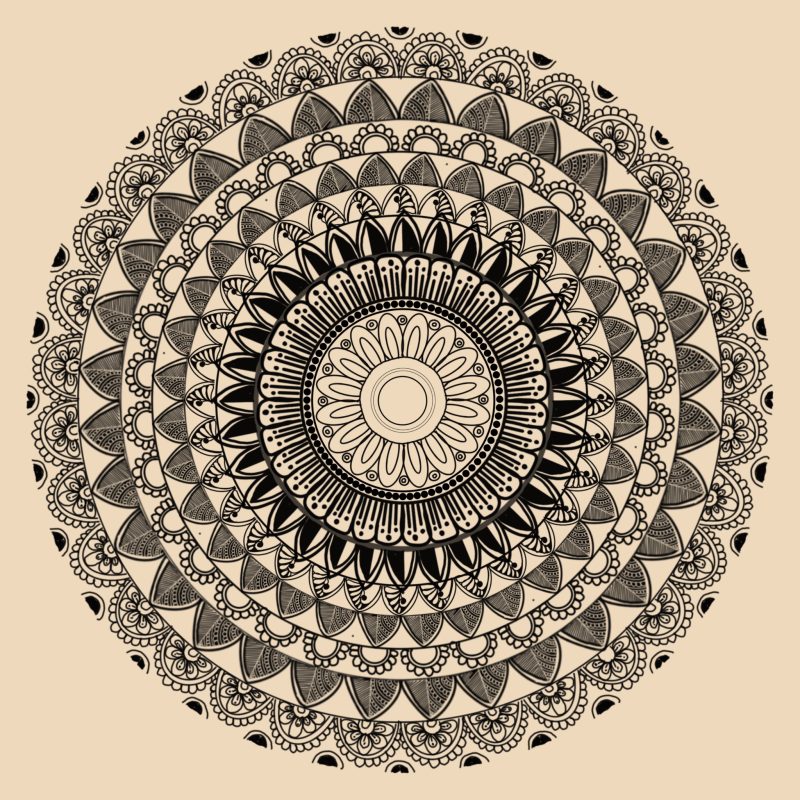
In this topic, we will uncover its fascinating origins and cultural significance. Mandala art has existed for ages, with roots in different cultures worldwide. Join us on a journey through time and culture as we unravel the mysteries and marvels of Mandala Art.
History and origin of mandala art
Mandala art has a rich history and originates from various cultures around the world.The history and production of mandala art can be traced back to ancient cultures and religions. The word “mandal” originates from the ancient Indian language Sanskrit, where it means “circle” or “aquarium”. Mandalas are often created as an aid to meditation, they relate to the cosmos, wholeness and the cycle of life.
Ancient India:
The earliest external origins of mandala art lie in ancient India, where it was used as a spiritual symbol in Hinduism and Buddhism. Mandalas were often helpful tools for meditation, representing the universe, wholeness, and the cyclical nature of life.
Buddhist Tradition:
In Buddhism, mandalas are helpful tools for meditation and worship. Yogis use mandalas to draw their attention and help them achieve a higher state of consciousness. A well-known tradition in the Tibetan Buddhist tradition is the marjadari, a crop of clay mandalas that Rangu used to paint for use in theater and to recreate them thousands of times with precision.
In Buddhism, mandalas are used as aids in meditation and rituals. They serve as visual aids to help practitioners focus their attention and reach a higher state of consciousness. Sand mandalas, meticulously created with colored sand, are a famous tradition in Tibetan Buddhism.




